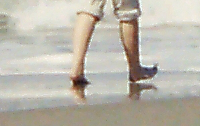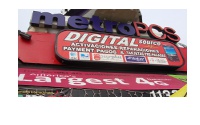In South Los Angeles, where can you find the intersection of art and business? Right in front of you. Brick and mortars, food trucks and bossed-up street artists rely on old-fashioned spray paint glitz, plastered on the storefront to grab your attention and get you into their store. This is everyday art in South L.A.
This piece focuses on the history of Mariachi Bandido, a Mexican-American mariachi group that plays all over the Los Angeles area. Each member has a unique story about how they fell in love with mariachi. Some grew up with it, while some had never even heard of it. They also divulge some of their favorite traditional songs to play. Audio clips of some of their favorite tunes will be included throughout the piece.
How do electronics and technology stores such as Metro PCS and 3 Hermanos Cellulars fair in a community that lacks the income to afford the most up-to-date and high-priced technology? Included is a map of the community that shows pictures of people I have interviewed on the streets or in stores with descriptions of what kinds of technology they own or use (such as phones, computers, iPods, etc.)
By Ebony Bailey
From its incorporation in 1850 to the riots in 1992, Los Angeles is a city full of rich history. But in South LA, an area that has faced neglect by the media, much may not be documented about the area’s eventful past. Word-of-mouth is one of the only methods of preserving history in the community. From demographic shifts to human values, these community members discuss a vast array of changes in the Southland these last few decades. Click below to read their stories:
A drug and alchohol counselor discusses the history of drug addictions in South Central.
A 74-year-old retired community activist talks about the changes he's observed in his 50 years of living in South Central.
A business owner discusses the changes in business he's seen in the area.
A bookstore worker talks about her community growing up.



